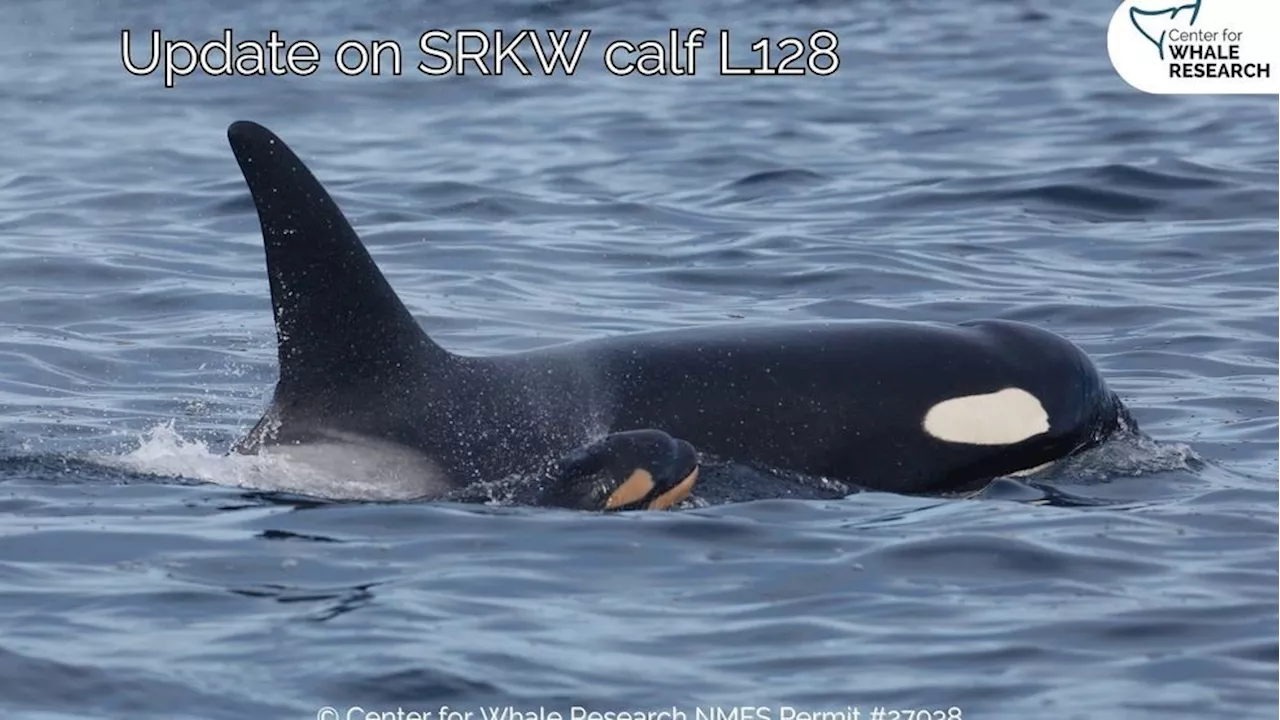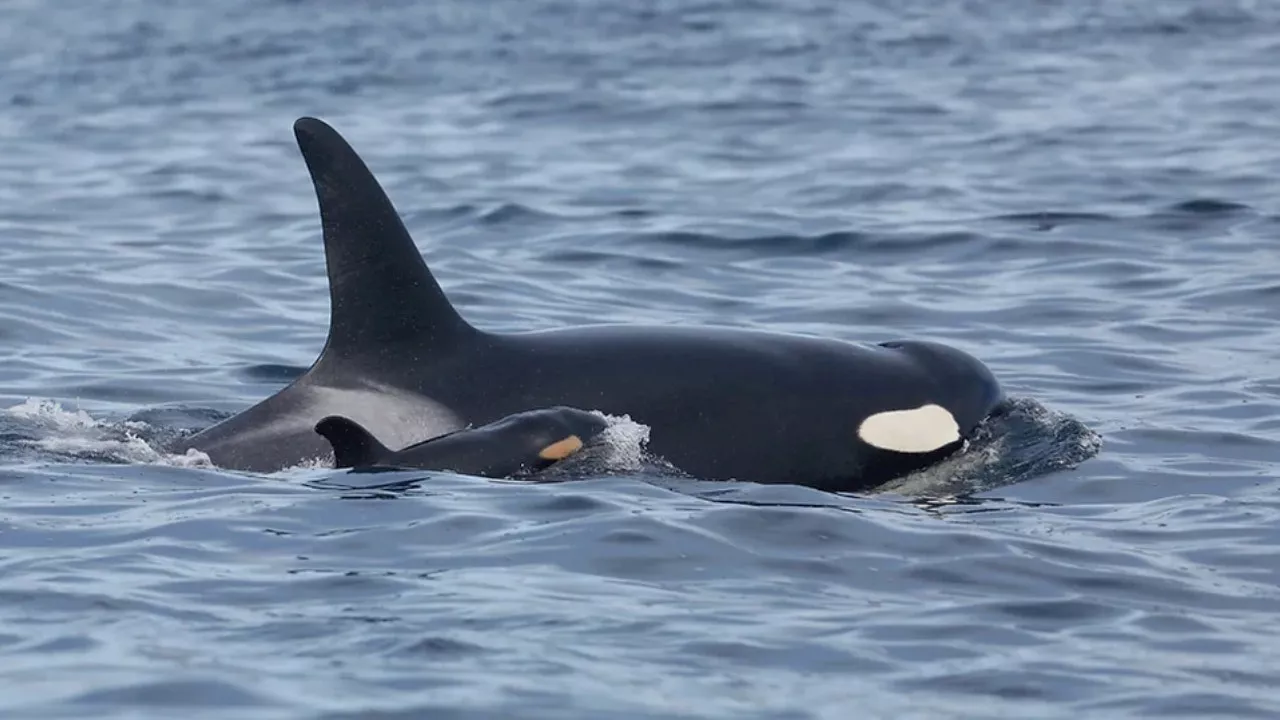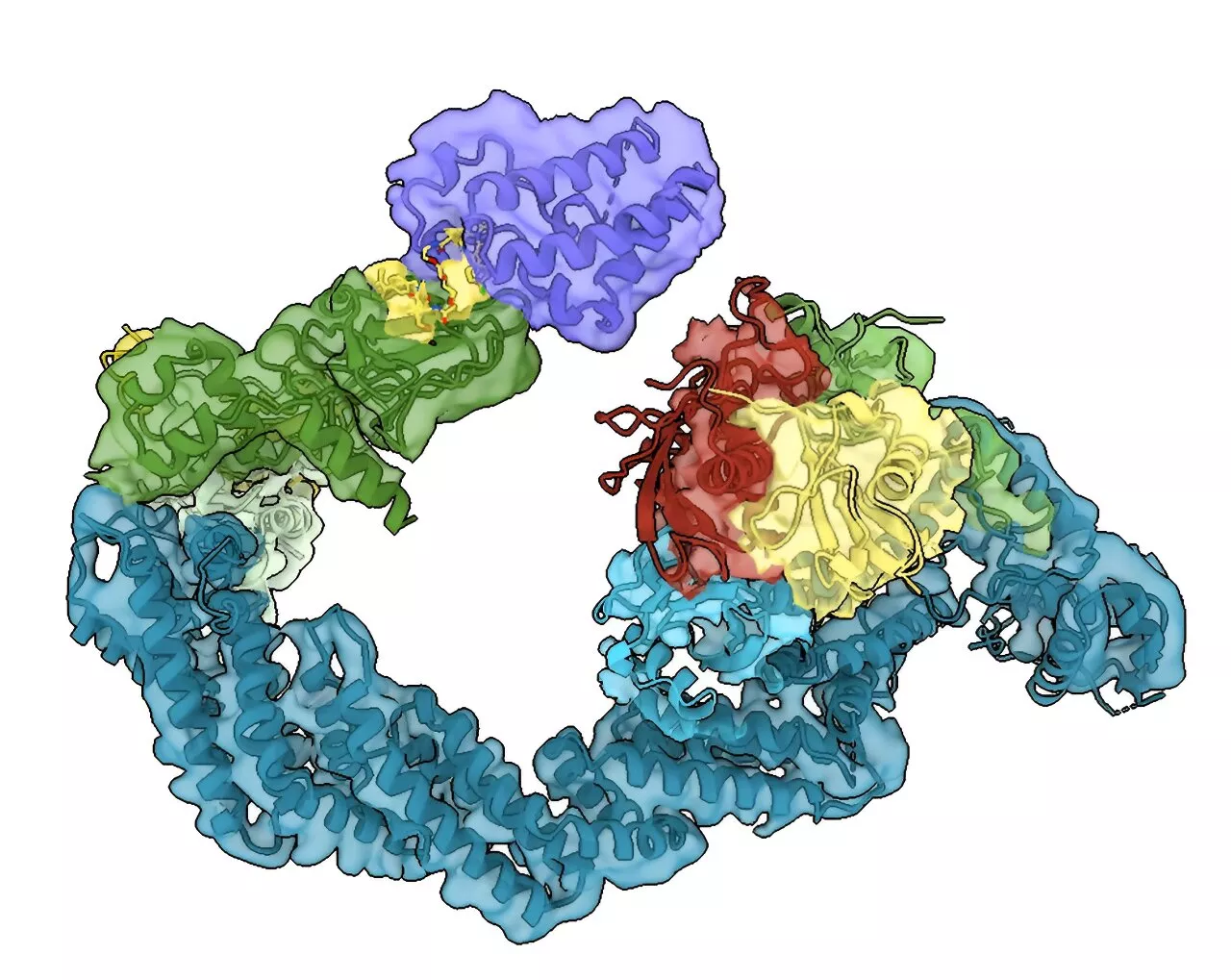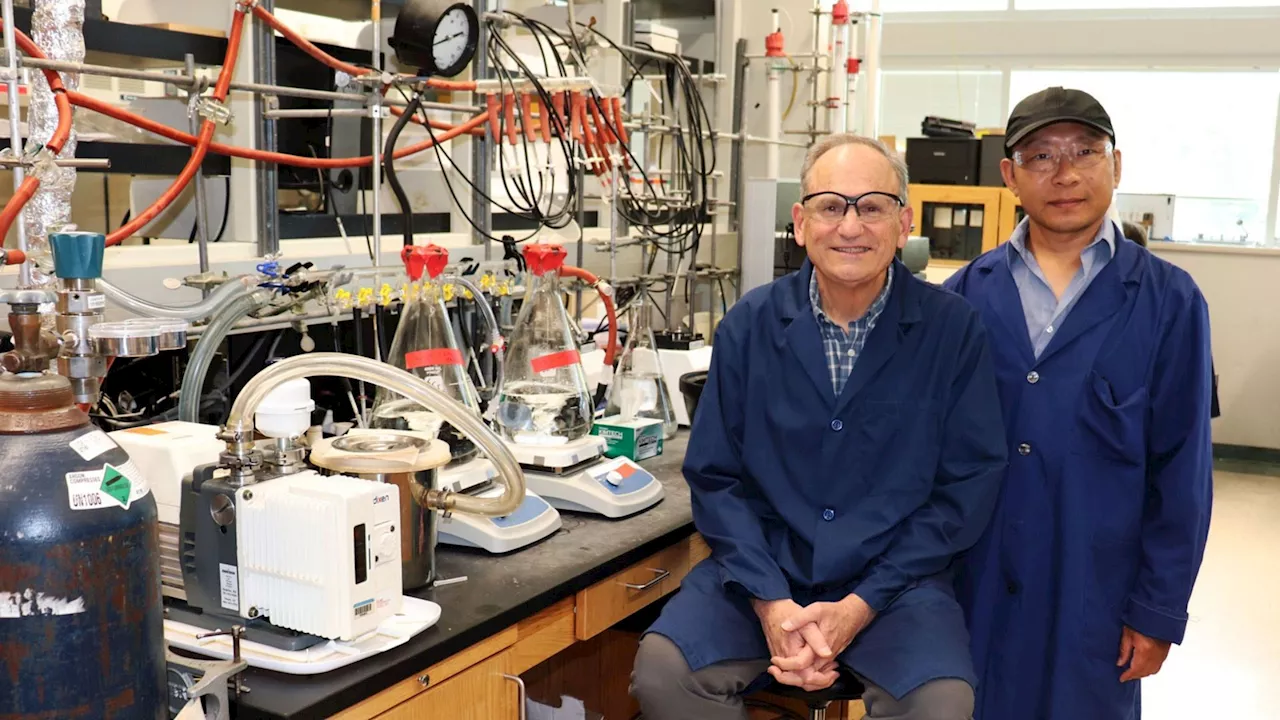Researchers uncover a seven-gene pathway enabling corn and rice to fix nitrogen directly from the air, eliminating fertilizer dependence.
The goal is to place genes into the crops’ mitochondria and chloroplasts, enabling them to generate sufficient energy to drive nitrogen fixation.USU biochemists Lance Seefeldt, left, and Zhi-Yong Yang develop a method that could simplify genetic transfer of nitrogen fixation to food crops.Researchers have developed a simpler pathway, involving a newly known minimum of seven genes that allow the plant cell to make the enzyme that can covert nitrogen gas from the air to fertilizer.
“We need nitrogen to survive, but we can’t take it in from the air,” says Seefeldt, professor and head of USU’s Department of Chemistry and Biochemistry. The Haber-Bosch process revolutionized the conversion of atmospheric nitrogen to a form that allowed for the industrial-scale production of fertilizer a little over a century ago.
“This is a pretty cool piece of evidence. Essentially, these staple caloric crops—rice, corn, and potatoes—could have built-in fertilizer.” The possibility of freeing cereal crops from the need for added fertilizer is significant, Seefeldt says.
Enzymes Fertilization Gene Gene Research Inventions And Machines Sunlight Sustainability
United States Latest News, United States Headlines
Similar News:You can also read news stories similar to this one that we have collected from other news sources.
 Researchers discover new insights into bacterial photosynthesisResearchers have discovered new understanding of bacterial photosynthesis. Using cutting-edge techniques, investigators have unveiled intricate detailed images of the key photosynthetic protein complexes of purple bacteria. These images shed new light on how these microorganisms harness solar energy.
Researchers discover new insights into bacterial photosynthesisResearchers have discovered new understanding of bacterial photosynthesis. Using cutting-edge techniques, investigators have unveiled intricate detailed images of the key photosynthetic protein complexes of purple bacteria. These images shed new light on how these microorganisms harness solar energy.
Read more »
 US researchers’ new tool to optimize ocean-based hydrokinetic energy projectsResearchers at NC State developed a tool to enhance marine hydrokinetic energy projects, aiding in technology and risk assessment.
US researchers’ new tool to optimize ocean-based hydrokinetic energy projectsResearchers at NC State developed a tool to enhance marine hydrokinetic energy projects, aiding in technology and risk assessment.
Read more »
 Researchers concerned after new orca calf observed skinny and struggling to breatheResearchers are concerned about the new orca whale calf born last month, describing it as 'emaciated.'
Researchers concerned after new orca calf observed skinny and struggling to breatheResearchers are concerned about the new orca whale calf born last month, describing it as 'emaciated.'
Read more »
 Poor health of new Southern Resident orca calf concerns WA researchersA new Southern Resident orca calf was last seen looking unwell. Researchers mull over the implications of L128's fate.
Poor health of new Southern Resident orca calf concerns WA researchersA new Southern Resident orca calf was last seen looking unwell. Researchers mull over the implications of L128's fate.
Read more »
 Researchers develop new technique to measure previously undetected airborne PFASFor decades, scientists knew there was a huge swath of undetected and unaccounted for per- and polyfluoroalkyl substances (PFAS) in the atmosphere, often referred to as PFAS dark matter, but no one knew how much was missing or how to measure them.
Researchers develop new technique to measure previously undetected airborne PFASFor decades, scientists knew there was a huge swath of undetected and unaccounted for per- and polyfluoroalkyl substances (PFAS) in the atmosphere, often referred to as PFAS dark matter, but no one knew how much was missing or how to measure them.
Read more »
 Targeting 'undruggable' diseases: Researchers reveal new levels of detail in targeted protein degradationResearchers at the University of Dundee have revealed in the greatest detail yet the workings of molecules called protein degraders which can be deployed to combat what have previously been regarded as 'undruggable' diseases, including cancers and neurodegenerative diseases.
Targeting 'undruggable' diseases: Researchers reveal new levels of detail in targeted protein degradationResearchers at the University of Dundee have revealed in the greatest detail yet the workings of molecules called protein degraders which can be deployed to combat what have previously been regarded as 'undruggable' diseases, including cancers and neurodegenerative diseases.
Read more »
